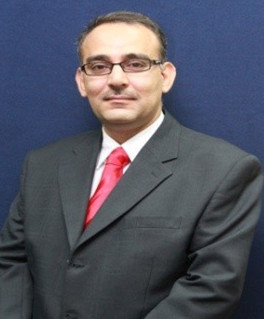Abstract—As it is known, people are spending an enormous amount of energy every day of their lives. Because of the uncontrolled energy usage, people have to increase energy production, that causes such problems as climate changes, environment pollution, animals’ extinction, and lack of energy sources. Nevertheless, nowadays, architectural development is getting faster, and there are kinds of buildings, which can save or even produce energy, combining several energy-saving principles. The main aim of this research is to provide information that helps to apply energy-saving methods while designing an environment-friendly building. The research methodology requires gathering relevant information from literature, building guidelines documents and previous research works in order to analyze it and sum up into a material that can be applied to energy-efficient building design. To mark results it should be noted that the usage of all the energy-saving methods applied to a design project of building results in ultra-low energy buildings that require little energy for space heating or cooling. As a conclusion it can be stated that developing methods of passive house design can decrease the need of energy production, which is an important problem that has to be solved in order to save planet sources and decrease environment pollution.
Index Terms—Accumulation, energy-efficient building, storage, superinsulation, passive house.
The authors are with the Architectural Creation and Research Institute of Harbin Institute of Technology, Heilongjiang province, Harbin, China (e-mail: julia_kononovalist.ru, 22199103@163.com).
[PDF]
Cite:Yulia A. Kononova and Zhang X. Ning, "Energy-Saving Methods and Principles of Energy-Efficient Concept Design in the Northern Hemisphere," Journal of Clean Energy Technologies vol. 6, no. 3, pp. 219-222, 2018.


